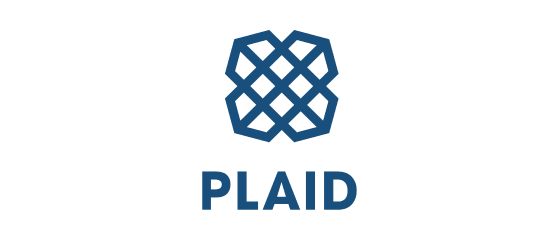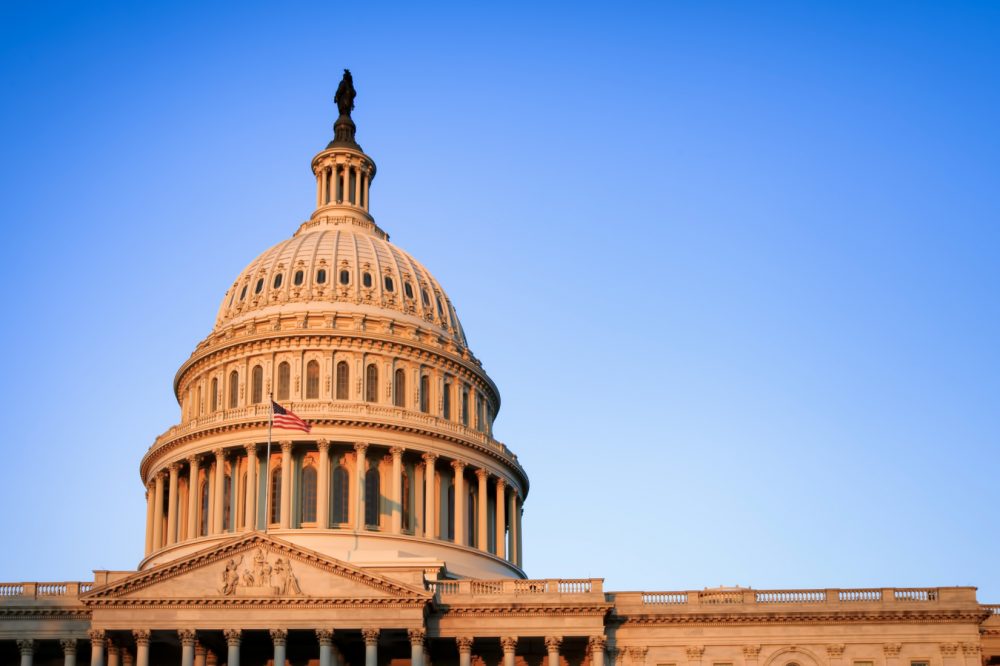Pulse Points Spring 2021: The Effects of Stimulus Payments and Tax Refunds on Consumer Finances
Stimulus payments and tax refunds caused account inflows to spike 33% in January and 42% in March, according to analysis from our new Pulse Points series.
-
Program:
-
Category:

Pulse Points Spring 2021
From January to March, millions of households received stimulus payments and tax refunds from the federal government. In this inaugural Pulse Points brief, we examine the effects of these payments on consumer finances. This analysis is based on data from approximately 500 individuals who agreed to share their transactional and account data through the Financial Health Pulse.
Stimulus payments and tax refunds caused account inflows to increase by 33% in January and 42% in March.
From January to March 2021, millions of households received stimulus payments and tax refunds from the federal government. Beginning on January 4, a second round of coronavirus relief stimulus payments were distributed to eligible recipients. In the Pulse dataset, median inflows to liquid accounts increased 33% ($1,473) in the roughly two weeks following distribution of the payment (January 3 to 18) and remained elevated through the rest of the month as people continued to receive payments. (In this brief, “inflows” refer to any incoming transactions to accounts and “outflows” refer to outgoing transactions from accounts.)
On March 12, a third round of stimulus payments began arriving in people’s accounts, causing median inflows in liquid accounts to increase 42% ($2,519) in the roughly two weeks following distribution of the payment (March 11 to 26). Disbursal of tax refunds also increased in March, nudging median inflows higher towards the end of the quarter. These trends accelerated the upward trajectory of account inflows beginning in February, which was likely driven by strong employment growth, reopening of businesses, and seasonal trends.

Outflows from accounts surged by 31% in January and March, as spending increased on dining (32%) and healthcare (27%).
Shortly following inflow spikes in January and March, median outflows from liquid accounts in the Pulse dataset also surged. From January 3 to 18, median outflows from liquid accounts increased by 31% ($1,288) following the second round of stimulus payments, reflecting direct spending, cash withdrawals, and transfers to other accounts.
From March 11 to 26, median outflows from liquid accounts also increased by roughly 31% ($1,791) following the third round of stimulus payments. During this time, monthly spending on dining increased 32% ($76) and spending on healthcare and pharmacy expenses increased 27% ($10). Spending on travel and lodging, recreation, personal care, entertainment, and digital purchases also trended upward during this period.

People held a greater share of March stimulus payments in their accounts than January payments.
In the two weeks following the disbursal of each stimulus payment, the median difference between inflows and outflows in liquid accounts hovered between $100 and $400 in January, while it ranged from $400 to $1,000 in March. This trend is somewhat expected since the third round of stimulus payments were larger than the second round of payments.
However, further analysis shows that people also held a greater share of their March stimulus payments in their accounts. The median increase in outflows as a percentage of stimulus payments was lower in March (60%) than in January (93%), suggesting that people were able to hold a greater percentage of the March payments in their accounts two weeks after receiving them. Indeed, liquid account balances in the Pulse dataset increased from January to March.
These trends align with data from the Federal Reserve showing that people said they planned to save more of their third stimulus payments than earlier payments, as well as data from the U.S. Department of Commerce showing that the U.S. savings rate increased in March.
Those with lower incomes saw larger but more gradual increases in account inflows, suggesting that relief may have been slower to reach those who needed it most.
People with incomes at the lower end of the economic spectrum saw their account inflows increase at a higher rate than those with higher incomes between mid-February and mid-March. Median inflows to liquid accounts increased by 143% for people with household incomes less than $30,000, 79% for those with incomes $30,000-$59,999, 72% for those with incomes $60,000-$99,000, and 54% for those with incomes above $100,000 (although this final change was not statistically significant). Stimulus payments were responsible for the majority of this trend, but tax refunds also contributed to higher inflows for some individuals.
However, these increases occurred over a longer time period for those with lower incomes, suggesting that some people who needed relief most may have received it later than those who needed it less. This is consistent with findings from earlier rounds of stimulus payments and is partly the result of differences in how people received their stimulus payments, with lower income individuals more likely to receive payments via checks in the mail.
Recent research from the Financial Health Network published by the Brookings Institution also shows that most people who had not recently filed a tax return (a group that is more likely to have lower incomes) received their first stimulus payment at least two weeks later than those who had recently filed a tax return.

These findings suggest that millions of people benefited from stimulus payments and tax refunds from the federal government during the first few months of the year. But more attention should be paid to how future stimulus payments and relief policies are designed and delivered to ensure they reach those who need them most as quickly as possible. Through the ongoing Pulse Points series, we plan to monitor the effects of ongoing relief and recovery efforts and share key insights about the financial lives of people in America.
About Our Methodology
This analysis is based on transactional and account data from approximately 500 members of USC’s consumer panel who agreed to share their data through a secure platform that leverages Plaid’s API. To derive inflows and outflows, totals were calculated over a past 30-day rolling period for each day. The median of the sample on each day was then taken, and lowess smoothing with a 10% smoothing window was applied to generate trend lines. Survey data were merged with these data to understand the demographic characteristics of the sample, which are broadly representative of the online banked population in the United States. Any figures and statistics that are explicitly referenced in the text are statistically significant within a 95% confidence interval. Trends that are described more generally should be considered directional and descriptive in nature. Please see the complete Pulse transactional methodology overview for more information on data collection and analysis.
Explore the Latest Pulse Transactional Data
Our Supporters
The Financial Health Pulse is supported by the Citi Foundation. Since the inception of the initiative in 2018, the Financial Health Network has collaborated with USC’s Dornsife Center for Economic and Social Research (CESR) to field the study to their online panel, the Understanding America Study. Study participants who agree to share their transactional and account data use Plaid’s data connectivity services to authorize their data for analysis.
The findings, interpretations, and conclusions expressed in this piece are those of the Financial Health Network and do not necessarily represent those of our funders or partners.










